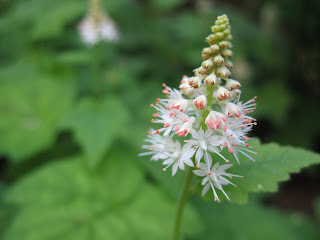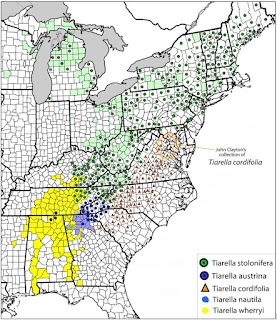Support for pollinators (bees, butterflies, moths, wasps, flies, beetles, hummingbirds!) is higher than it’s ever been. Those of us who write in support of these critters (including the fabulous Heather Holm, check out her pollinator books on her Pollination Press website) are thrilled that more people want to help them at home, in our communities, and in our wild spaces. I have a lot of blog entries about pollinators, but I know it can be hard to find things. This blog post is a compilation of what I think are some of my best blogs to learn about pollinators and about how to support them in Georgia.
In Your Georgia Garden -general topics about helping your garden be a place of support for pollinators as well as topics on 3 specific butterflies in Georgia: Monarchs, Eastern Tiger Swallowtail, and the Pipevine Swallowtail.
Eastern Tiger Swallowtail - Georgia State Butterfly
Pipevine Swallowtail & The Shade Loving Host Plant
Fall Nectar Plants for Monarchs in Georgia
Why Native Plants Matter for Butterflies and Bees
Pollinator Gardening: Ideas and Tips - blogs with specific ideas, tips, and guidance on creating pollinator gardens.
Support Pollinators, Part 1 (Benefits and Basics)
Support Pollinators, Part 2 (Includes printable lists of plant ideas for 3 seasons)
Support Pollinators, Part 3 (Design Tips)
Gardening for Wildlife Simplified
Native Plants for Butterflies and Pollinators (includes printable lists, same as above)
Native Plants are the Real Thing for Pollinators
Supporting Birds - topics specific to supporting birds in your garden through the use of native plants.
Supporting Hummingbirds with Native Plants
Why Native Plants Matter for Birds
Native Birds Need 70% Native Plants
Native Birds Like Native Plants
Books/Resources - a few of the books I've reviewed about pollinators.
Gardening for Butterflies (Xerces book)
Pollinators of Native Plants (book)
Wasps (book)
Bee Welcome (book)














